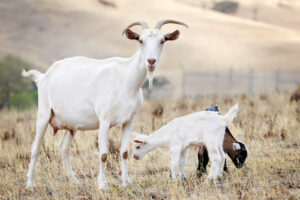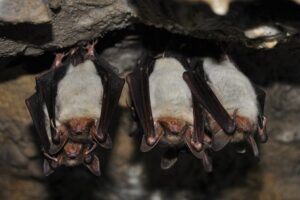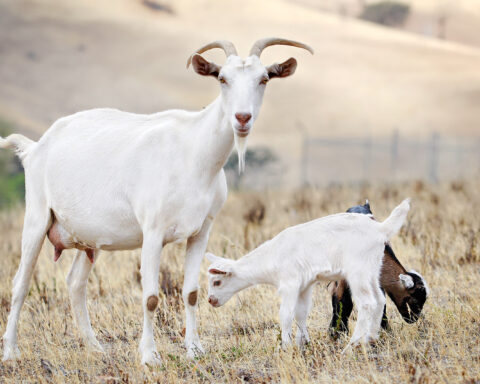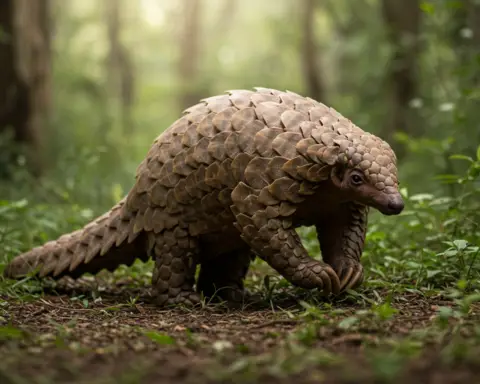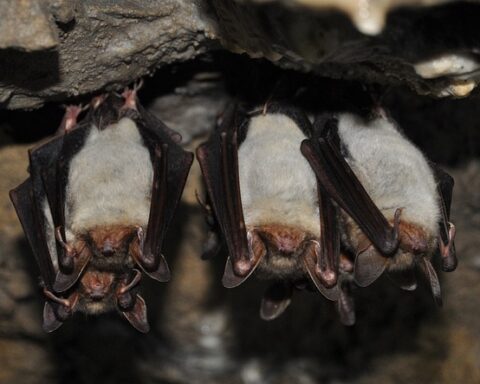In this article we are going to tell you about monarch butterfly predators. The monarch butterfly (Danaus plexippus) is probably the most famous butterfly in North America. Monarchs rely almost entirely on milkweeds which is why they are also called milkweed butterflies. You can learn more about the monarch butterfly’s diet here. There are quite many monarch butterfly predators in the wild. Most of them are birds since, like monarchs, some birds also feed on nectar.
What Eats Monarch Butterflies
The monarch butterfly larva likely develops a poisonous chemical known as glycoside. The glycoside is stored in its body and the chemical is formed during the metabolism. Thanks to the chemical which makes larvae not only distasteful but poisonous to many potential predators.
As it turns out, when the larvae grow into an adult the chemical passes into the adult’s body—making monarchs rather toxic to the predators. However the toxins are not equally spread over its body.
Read: How Does a Praying Mantis Kill Snakes?
The abdomen and wings of a monarch are likely to possess greater level of toxins than the rest of its body parts. A few predators are quite aware of this. They just eat the palatable parts of a monarch—leaving behind only the poisonous parts.
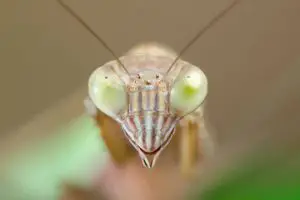
Birds are often the ones which eat monarchs. Monarch butterfly predators include scrub jays, brown thrashers, sparrows, black-headed grosbeak, cardinals, pinyon jays, robins, orioles, and grackles.
While most birds are not aware of the butterfly’s toxic parts, some have lately developed methods to prevent eating parts that contain glycoside. The oriole is one of them.
Orioles first taste monarchs and if the butterfly is toxic the bird will leave it. Similarly, grosbeaks are thought to consume secondary plant poisons because it makes them unresponsive to the monarch’s poison. By so doing, grosbeaks are able to eat monarchs without spitting it out.
Read More: How Long Do Monarch Butterflies Live?
Consequently, grosbeaks and orioles are beginning to store greater levels of cardenolides in their bodies—thereby preventing them from feeding further on monarchs. Grosbeaks will then less likely to prey on monarchs.
Apart from birds, there are few mice which eat monarch butterflies. They have got the ability to eat only those parts of the butterfly which are comparatively less toxic.
Apart from birds, there are few mice which eat monarch butterflies. They have got the ability to eat only those parts of the butterfly which are comparatively less toxic. Besides, the overwintering monarchs appear to be toxic with age. Studies indicate that in Mexico alone, mice and birds eat as much as 14% of all monarchs. The Asian lady beetle (Harmonia axyridis), one of the introduced species of North America, also consumes monarch butterfly larvae.
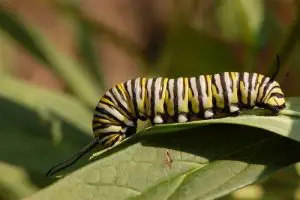
What Eats Monarch Butterfly Caterpillars?
According to the National Geographic, the mantis is probably one of the few animals which prey on monarch butterfly caterpillars rather successfully. The mantis is nearly the size of a human finger and it is found in the eastern United States.
The milkweed plants, on which the caterpillars feed on, contain the toxic chemical called cardenolides. Once the caterpillar eats the milkweed the chemical is passed into its body. Instead of vomiting they take in all cardenolides and store them deliberately as a defense against predators. However monarch caterpillars do warn off birds by displaying numerous stripes of colors such as white, yellow or simply black. A few birds can identify poisonous caterpillars while most can’t.
Unlike ants or birds which are not aware of poisonous chemicals in caterpillars, mantis knows it all too well. Chinese mantis usually guts all the toxic from the caterpillar by taking out its intestines before consuming the entire caterpillar body.
Chinese mantis usually guts all the toxic from the caterpillar by taking out its intestines before consuming the entire caterpillar body.
Ants and ladybirds are also amongst the potential predators of monarch butterflies. But they usually prey on either young monarchs or their hatchlings. Young caterpillars do not seem to fully develop cardenolides inside their bodies. They are not yet poisonous to the predators. Some other predators are wasps and bugs.
Research however shows that mantises do not necessarily take the gut out of their prey. They typically consume the entire prey leaving behind only 14% of its parts. The mantis eats almost entirely European corn borer moth and greater wax moth because these caterpillars are not really toxic. However when they feed on monarch butterflies, mantises consume only 60% leaving the remaining 40% of its body parts.
Now the question arises. Why the mantis behaves the way it does about eating monarch caterpillars specifically. One might think that the mantis probably avoids consuming the poisonous parts of caterpillar. But that appears to be only half of the truth. Research shows that the concentration of cardenolides in the caterpillar’s gut is just the same as it is in the other parts of its body, so the mantis is not simply avoiding the toxic parts. Then, what is it that it doesn’t like?
Scientists believe that there are many different types of cardenolides in the caterpillar’s body (except for its gut). Only a few of them exists in the caterpillar’s gut. The mantis is most likely to vulnerable only to those toxic chemicals that occur inside the caterpillar’s gut.
Furthermore, in the caterpillar’s gut, the concentration of chemical is comparatively lower. Actually the monarch caterpillar breaks down many cardenolides while feeding on milkweeds before they actually send them to the other body parts. But the purest form of chemical remains inside its gut. The mantis might actually be avoiding the purest chemical.
The other obvious explanation might be that the mantis simply finds the gut disgusting. Since there are intestines in the gut which are usually filled up with plants, mantis might just find them useless to feed on because the gut contains 58% less nitrogen than other tissues. That has brought to a conclusion that mantis less likely feeds on nutrient-poor tissues. Also, the nutrient-poor tissues contain the greatest concentration of poison.
References
Rafter, Agrawal & Preisser. 2013. Chinese mantids gut toxic monarch caterpillars: avoidance of prey defence? Ecological Entomology http://dx.doi.org/10.1111/j.1365-2311.2012.01408.x
http://phenomena.nationalgeographic.com/2013/01/25/chinese-mantis-guts-its-toxic-caterpillar-prey/?




